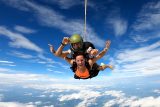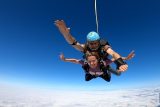Is Skydiving Safer Than Driving?
Blog
 Posted by: Curtis White
2 years ago
Posted by: Curtis White
2 years ago
In doing your skydiving research before making the commitment of jumping out of a “perfectly good” airplane, one big question you might have is “How safe is skydiving?” An important question indeed. The information to focus on is the actual facts when discussing the safety of skydiving. We’re here to settle those nerves and your inquisitive mind. Let’s talk about … skydiving safety statistics! (say that five times fast)
Is Skydiving Safer Than Driving a Car?
The answer may surprise you. Statistically speaking, yes, skydiving is safer than driving your car. Driving is something we do almost every day, and when you get behind the wheel for your daily commute, it may not even occur to you that the dangers of driving a car far outweigh the dangers of skydiving.
In no way are we saying that skydiving IS “safe” per se, and we understand that it is an extreme sport and an activity that involves carefully calculated risk. However, with constant improvement and development of skydiving equipment and technology, as well as thorough training amongst all skydivers, skydiving is safer today than ever before.
According to the United States Parachute Association (USPA), which has been recording skydiving incidents, accidents, and fatalities since 1961, around 39,412 USPA member skydivers made approximately 3.57 MILLION jumps in 2021. That’s about 91 jumps per member! Amongst all of these millions of jumps, there was a total of 10 fatal skydiving accidents – the lowest number of fatalities on record. The calculated rate of skydiving fatalities is 0.28 per 100,000 jumps.
According to the National Safety Council, the lifetime odds of dying from a motor vehicle crash is 1 in 101.
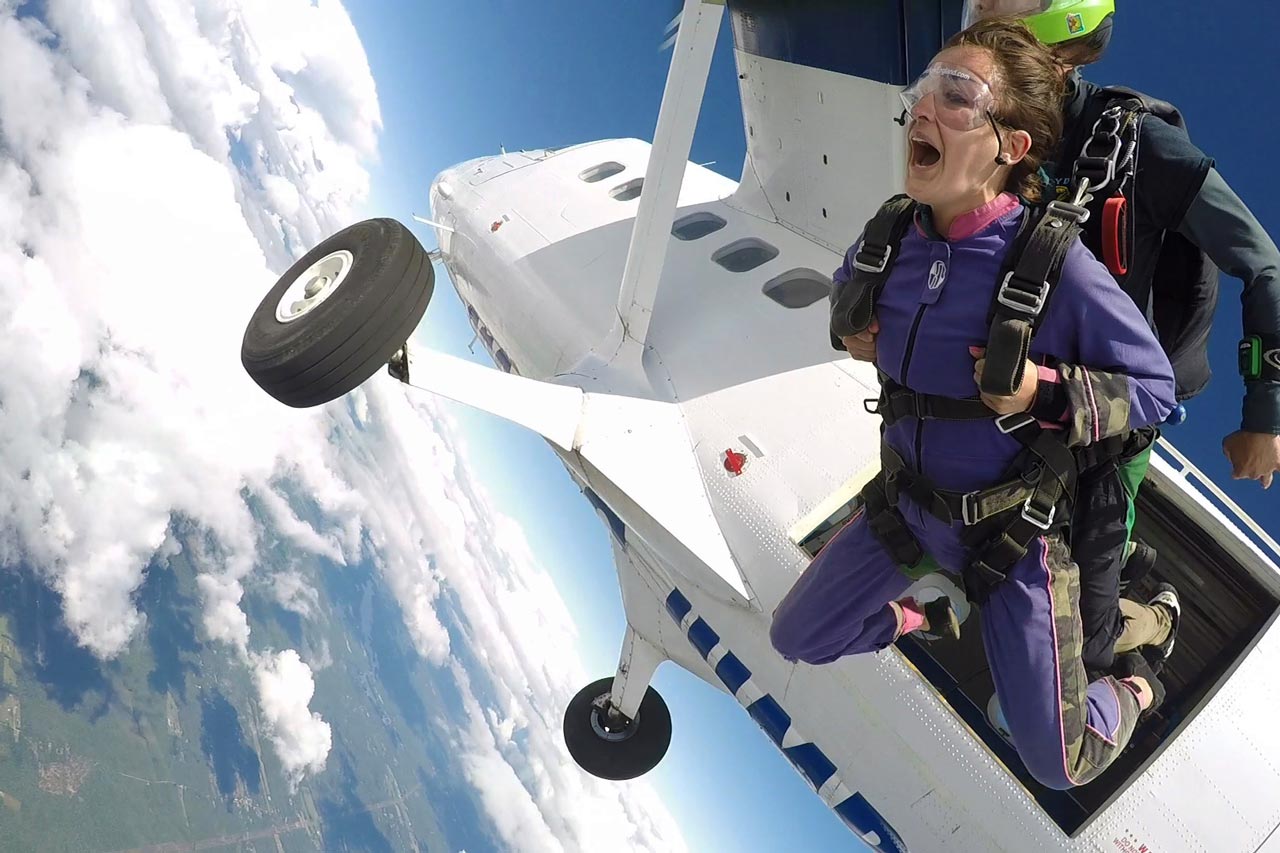
How Safe is Skydiving?
Considering the same report from the USPA, tandem skydiving is even safer. On average, over the course of the last 10 years, tandem skydiving has a safety rate of one student fatality per 500,000 jumps. What’s more, in 2021, there were zero student fatalities.
It’s important to note that the skydiving-related fatalities listed in the section above involve licensed skydivers. As skydivers gain experience, they attempt new skills with much smaller margins of error. Oftentimes, fatalities are associated with low turns when landing the parachute – meaning, practicing a precarious maneuver too close to the ground.
What is Statistically More Dangerous Than Skydiving?
Almost everything you do has calculated risk involved, even eating! Here are some interesting statistics about things that are far more dangerous than skydiving (statistically speaking, of course).
The lifetime odds of dying by:
- A fall is 1 in 102.
- Choking on food is 1 in 2,535.
- Hornet, wasp, or bee stings are 1 in 57,825.
Do People Survive Skydiving Accidents?
Something that most non-skydivers aren’t aware of is the stringent regulation surrounding the sport; the significant training that skydivers are required to undergo to gain privileges in the sky; and the inordinate amount of high-tech gear that’s incorporated in day-to-day operations. As a community, we have a reputation for being reckless, but we’re actually super safety-conscious. (Breaking the rules means having our wings clipped, and that’s a major buzzkill.)
Did you know that every skydiving rig has a backup parachute called a reserve? Yep, there are TWO parachutes in your skydiving rig. The reserve parachute is a special type of parachute that only can be packed by the FAA (Federal Aviation Administration) certified Parachute Rigger. This parachute is deployed if something goes wrong with the first “main” parachute. And even if the reserve parachute is not deployed, it must be inspected and repacked every 180 days.
Another essential device we jump with is called an Automatic Activation Device (AAD). It’s a small-but-mighty gadget that will automatically deploy the parachute in the event a canopy pilot or instructor hasn’t self-deployed the parachute by a predetermined altitude.
It’s our sophisticated gear that gives us a higher chance of survival following a skydiving accident. When humans fly around the weather gods’ playground, there will be mistakes. Accidents happen; sometimes major accidents. Thanks to tech, training, and experience, many people are able to walk away, and those who require time away from the sport to recover often get back in the sky.
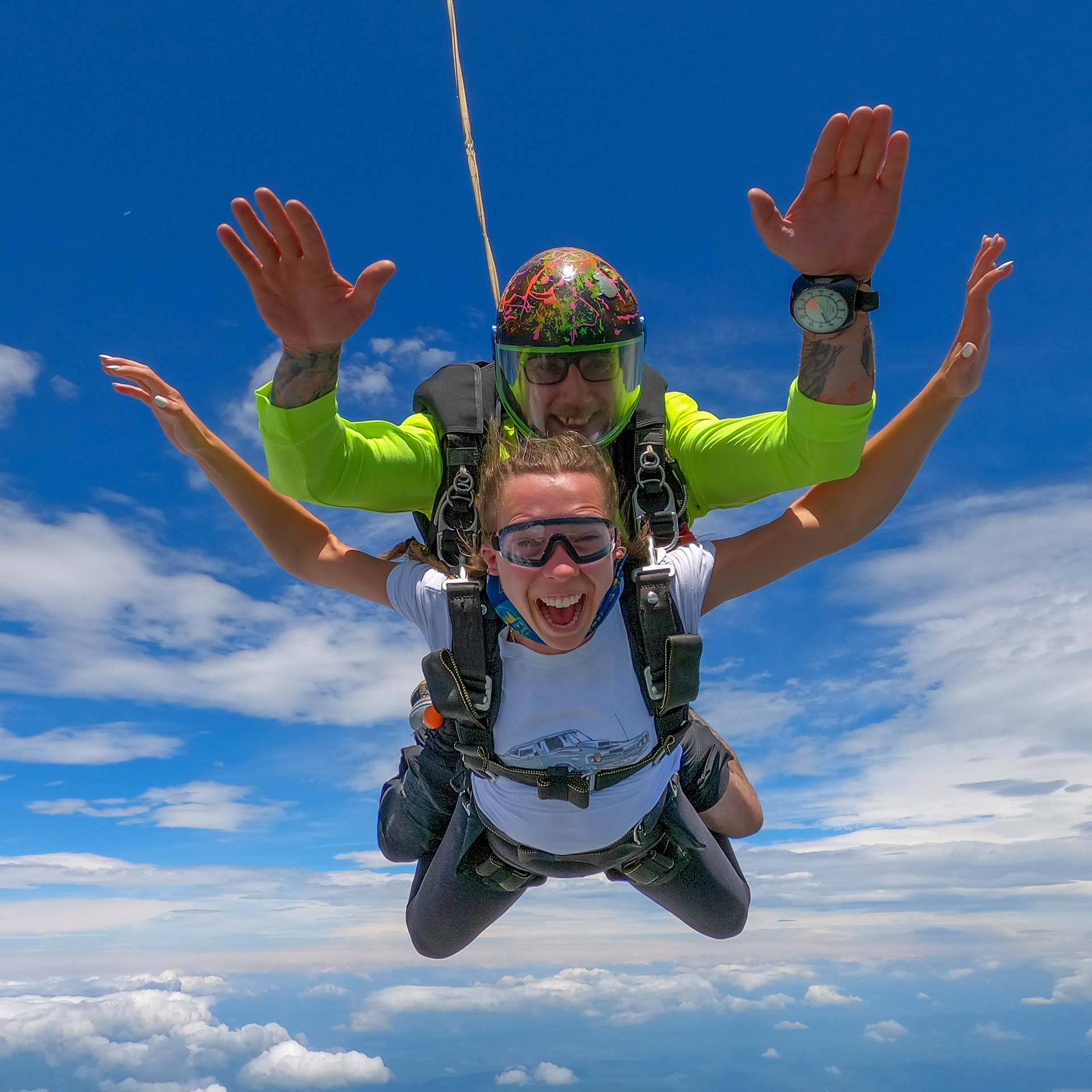
Is Skydiving Worth the Risk?
It’s the classic conundrum of risk versus reward. Considering the statistics, skydiving is absolutely worth the risk in our opinion. Skydiving helps you conquer your fears and increase your self-confidence (by leaps and bounds), and gives you the opportunity to shift your whole perspective. How? The benefits of skydiving are more than psychological. When you skydive, your brain releases dopamine, serotonin, and adrenaline – a delicious cocktail that will have you glowing all day and feeling empowered for far longer. It’s that juicy empowerment that should convince you to get a video of your jump. Wait till you see yourself doing the extraordinary! Talk about awesome.
Still, have skydiving safety questions or concerns? Contact Skydive New England – we’re here to support you!
Categories:
You May Be Interested In:
Enter to Win a Free Skydive
Join our email list and enter to win a free tandem skydive. Drawings in April and December; winner announced on social media.
You’ll get a $10 coupon toward a tandem just for signing up! Must be 18 and under 240 lbs to jump.
*By submitting this form, you are consenting to receive marketing emails from Skydive New England, 40 Skydive Lane, Lebanon, Maine 04027. You can revoke your consent by using the SafeUnsubscribe link located at the bottom of every email. Emails are serviced by Constant Contact.

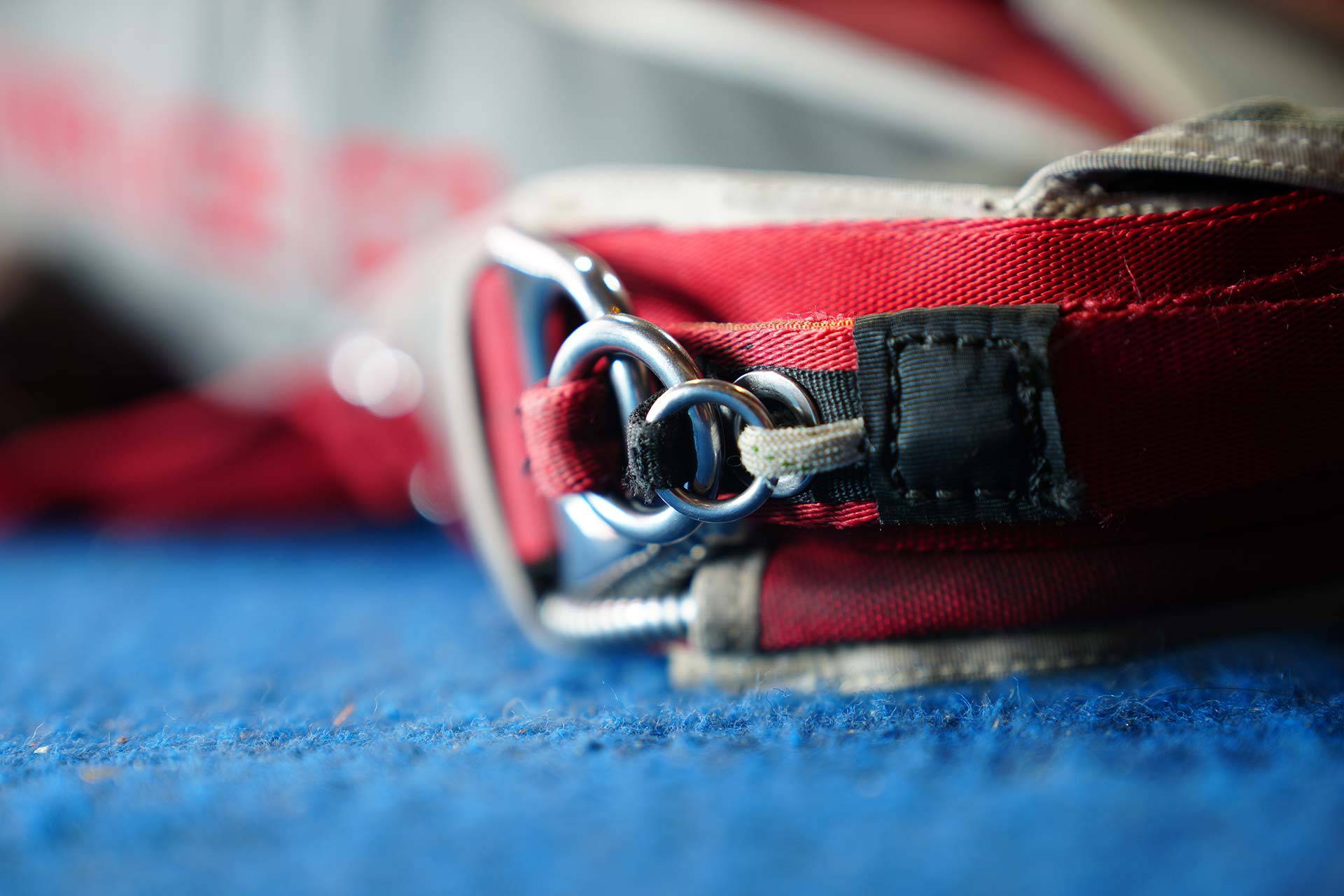
Even More Wicked-Fun Than It Looks!
Come see why the biggest DZ in New England is also the best.

